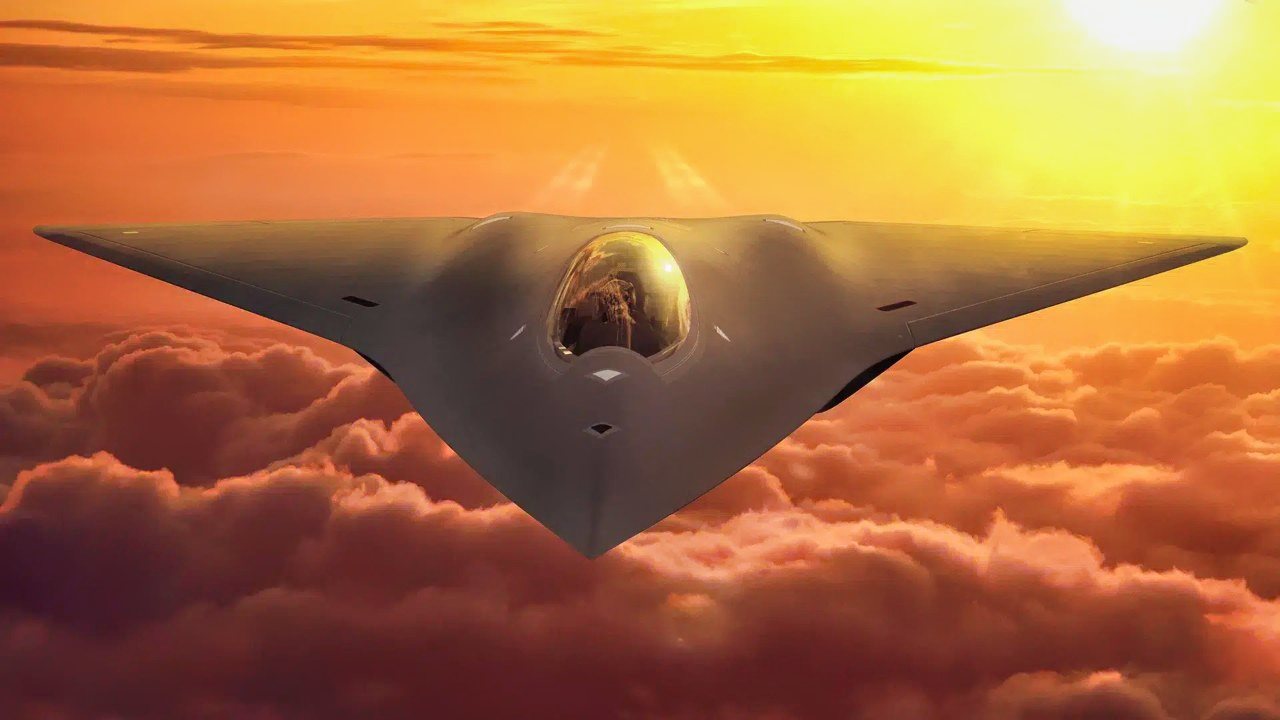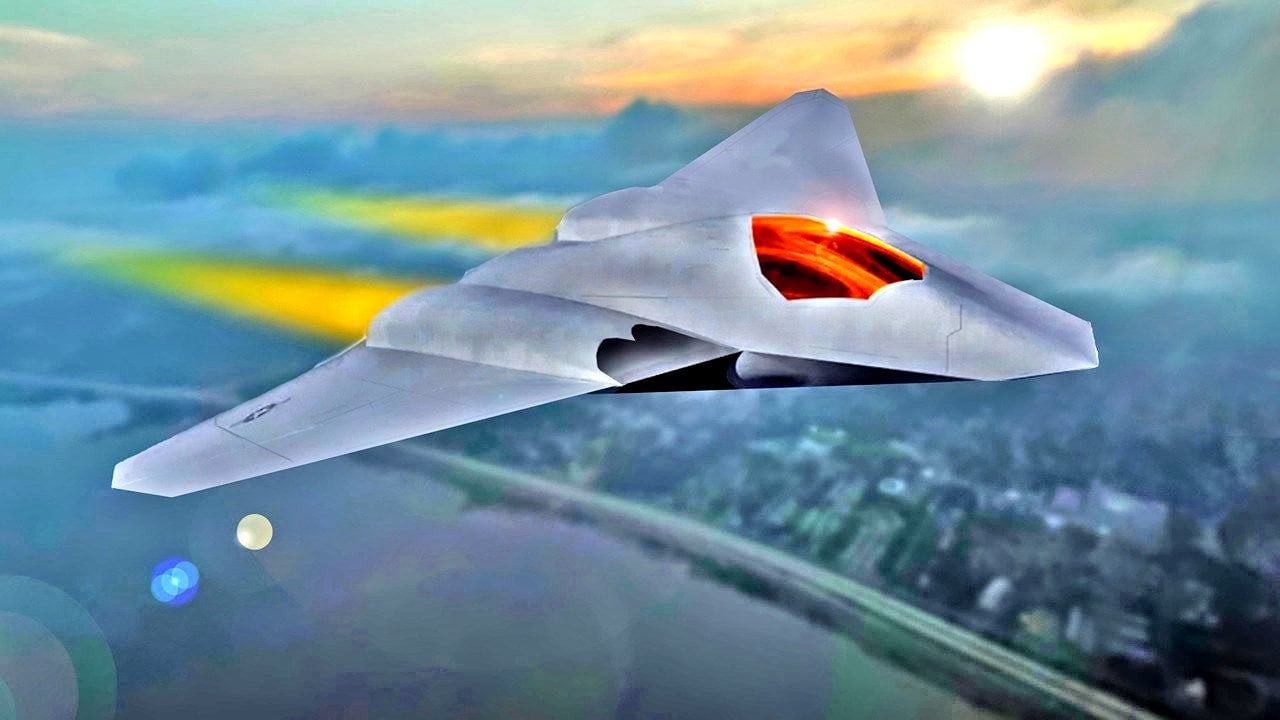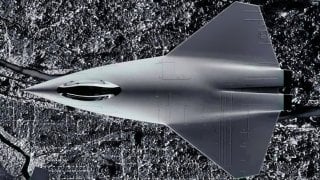The U.S. Air Force's NGAD Fighter Looks Like a Giant Boondoggle
The U.S. Congress has appropriated $4.2 billion since 2015 for the Next Generation Air Dominance (NGAD) Program, aiming to replace the prematurely discontinued F-22 Raptor. It might all be for nothing.
Summary and Key Points on the NGAD Debate: The U.S. Congress has appropriated $4.2 billion since 2015 for the Next Generation Air Dominance (NGAD) Program, aiming to replace the prematurely discontinued F-22 Raptor.

-The NGAD seeks to develop a Sixth-Generation fighter and a technological ecosystem to maintain air superiority.
-It focuses on propulsion, uncrewed systems, materials, and sensors.
-Despite significant funding, some argue that true future air dominance lies in space capabilities.
Future of Air Dominance: Why NGAD Might Be a Flawed Investment
The article suggests prioritizing space-based defense systems to counter hypersonic threats rather than investing in another generation of expensive aircraft.
Since 2015, the United States Congress has appropriated $4.2 billion (and counting) for the Next Generation Air Dominance (NGAD) Program. The goal is to replace the F-22 Raptor Fifth-Generation air superiority fighter that was prematurely discontinued during the height of the 2008 Financial Crisis and subsequent federal budget battle. In the eyes of US defense planners, a gaping hole in America’s strategic defenses (as well as the pocketbooks of defense contractors) has existed since the F-22 program was unceremoniously discontinued in 2009.
Therefore, a new, Sixth-Generation warplane program is required to fill that gap.
For the US Air Force, the NGAD Program is not just about a new air superiority fighter jet. The USAF is attempting to create an entire technological innovation ecosystem that will support the continued struggle for air dominance over any and all rivals. According to the Institute for Defense and Government Advancement (IDGA), the program could lead to a singular new warplane model that outmatches anything currently in the air fleets of other nations. Or the NGAD Program “could manifest a combination of systems, such as manned, unmanned, optionally manned, cyber and electronic components."
These configurations may deviate significantly from the traditional notion of a “fighter.”
The NGAD Program is addressing four major points of concern that Air Force planners believe will be decisive in creating the next platform for air dominance. Propulsion, uncrewed systems, materials, and sensors. Many of these aspects of the NGAD Program were areas of concern in the previous Fifth-Generation warplane programs of the F-22 Raptor and F-35 Joint Strike Fighter programs. The NGAD Program leaders are especially interested in fusing lightweight, revolutionary composite materials with uncrewed platforms that would operate in tandem with manned Sixth-Generation warplanes.
As of June 2022, the NGAD Program requested $1.6 billion in the FY2023 budget. For FY2024, the requested NGAD budget was $2.3 billion. Between 2024 and 2027, it is projected by IDGA that the NGAD Program will receive around $11.7 billion. The systems are expected to be put into operation as early as the 2030s.
But now, a whole series of articles have come out against the idea. Even the Air Force might question the wisdom of NGAD.
NGAD: A Bad Idea?
Yet, the Pentagon is missing the point.
Because the future of air dominance is not in the wild blue yonder, nor should stealth be the penultimate goal for the next generation warplane.
It is much higher than that. With the advent of the United States Space Force as the sixth branch of the US military, it is high time that war planners start innovating. You want air dominance and superiority? You need space dominance. And only a Space Force led by officers who believe in the policy of space dominance can provide absolute control over the skies above the Earth.
For all the money that is being spent on NGAD, little is being thought about the Space Force beyond limited satellite defense. The advent and application of hypersonic weapons platforms not only makes stealth an ancillary concern (or it should at least), but it also means that future wars will be fought at a distance. Given how America’s rivals—notably Russia—has outpaced America’s hypersonic weapons program, we are all made more vulnerable today.
No Sixth-Generation warplane will be able to detect or protect against hypersonic attacks, the way space systems can.
Space Systems Can Defend Us from Hypersonic Attack
It is only in the strategic high ground of space where an advanced suite of early detection sensors can be permanently deployed that will be able to track hypersonic launches. Further, it is in the dark depths of space from where effective countermeasures against hypersonic attacks can likely be mounted. In an age of constrained budgets and a general skepticism toward greater military spending from both the Left and the Right, the Department of Defense must fundamentally rethink the way it crafts national defense strategies—and builds the systems needed to implement those strategies.
The Air Force, with its massive budget, is no longer dealing in the final strategic domain. The air is now truly subordinate to space. And Space Force’s leadership must recognize that and must fight for a far greater share of the budgetary pie.
Forget Sixth-Generation warplanes. Rather than looking at things from the ground-up, Pentagon planners must begin viewing the strategic situation from space-down. These planners must focus instead on building the weapons needed for comprehensive space-to-air-to-ground dominance.
Defense Policy Innovation is Needed Now
So, rather than blowing our defense budget on building what, let’s face it, will be a somewhat redundant—and mind-bogglingly expensive—weapons platform for the Air Force, why not focus on moving the strategic ball forward? Why not place the onus for next generation air dominance in the hands of an organization that operates on a physically higher strategic domain, such as the United States Space Force?

Our enemies have, after all, begun to catch up to the Americans. In key technological domains, such as hypersonics, they are even outpacing us. We don’t need more of the same. America deserves innovation. Otherwise, our rivals will not only catch up to us. They will leapfrog us—and likely defeat us when the inevitable next great power war erupts.
About the Author
Brandon J. Weichert is a former Congressional staffer and geopolitical analyst who is a contributor at The Washington Times, as well as at American Greatness and the Asia Times. He is the author of Winning Space: How America Remains a Superpower (Republic Book Publishers), Biohacked: China’s Race to Control Life, and The Shadow War: Iran’s Quest for Supremacy. Weichert can be followed via Twitter @WeTheBrandon.
All images are Creative Commons and/or Shutterstock.


